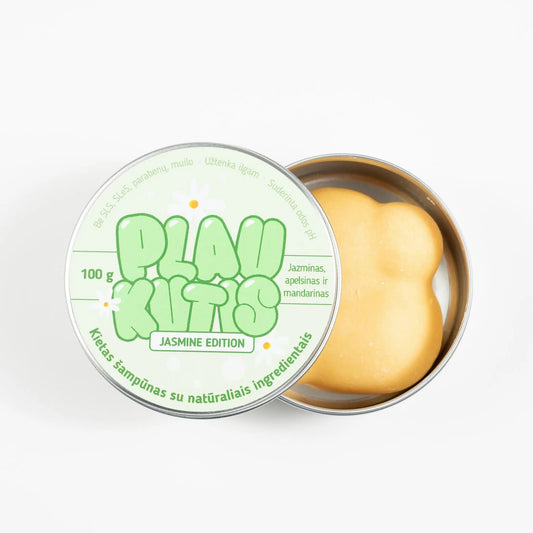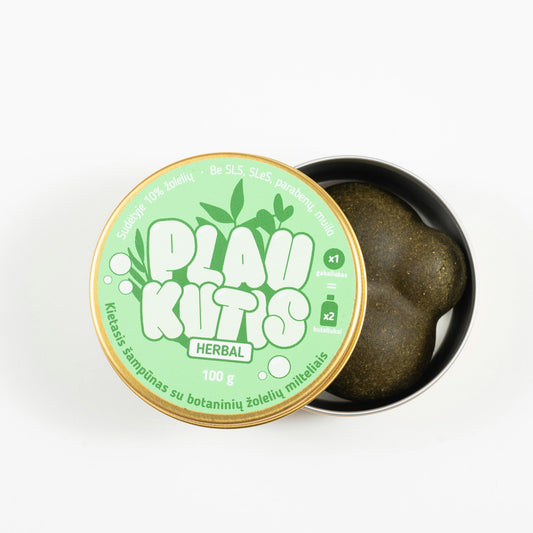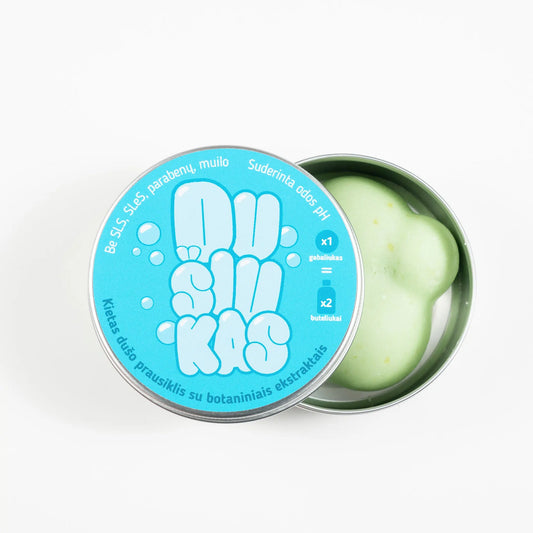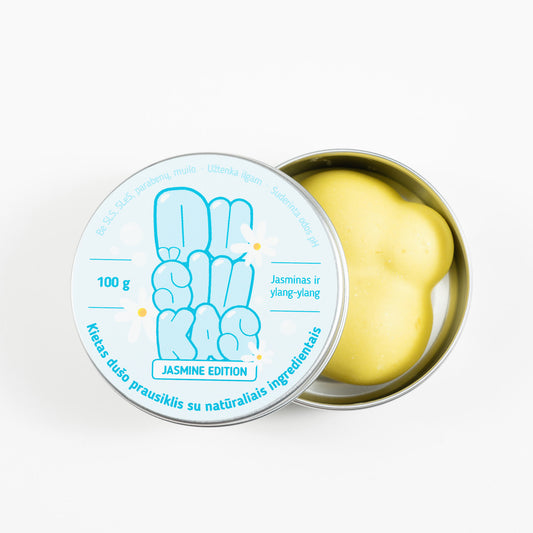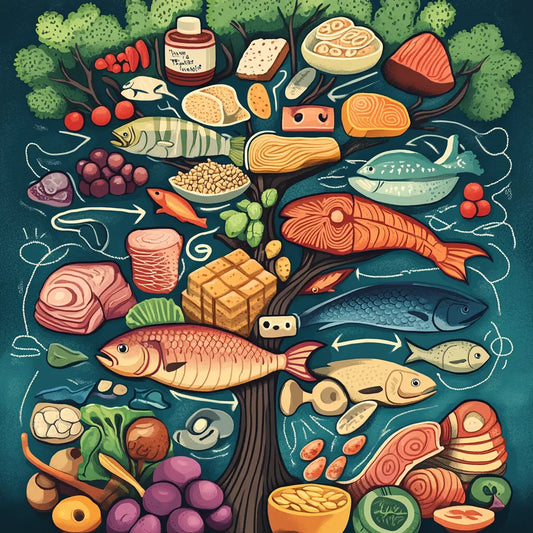Have you ever picked up a hair care product, looked at the label, and felt confused by the scientific jargon? Understanding hair care product labels is one of the most effective ways to ensure your hair is getting the care it deserves. Choosing the right product isn’t just about the trendy brand name—it’s important to know which ingredients are good for your hair and which ones can cause long-term damage.

A 2019 Harvard University study found that 67% of people don’t understand more than half of the ingredients listed on a shampoo bottle. The same study also found that consumers are more likely to choose products based on packaging design and brand, even if the label contains harmful ingredients. In this article, we’ll discuss how to read hair care product labels correctly, highlight the most important ingredients to look for, and teach you how to spot misleading marketing claims.
Ingredients that suit your hair type
Your hair care routine should be tailored to your hair type. Whether your hair is dry, oily, or color-treated, certain ingredients can make a big difference.

For dry hair: moisturizers
Dry hair needs extra moisture, and some important ingredients can provide it.
- Natural oils : Oils like coconut , argan , and jojoba are rich in fatty acids and vitamins that penetrate deep into the hair structure and moisturize. A 2020 study in Dermatology found that regular use of coconut oil reduced protein loss by 42% .
- Moisture-retaining ingredients : Ingredients like glycerin , aloe vera , and hyaluronic acid draw moisture from the environment into your hair. According to one study, glycerin increased hair moisture levels by 38% after just one treatment.
For oily hair: light and astringent ingredients
Oily hair needs to balance sebum production and reduce oiliness without over-drying.
- Astringents : Tea tree oil and witch hazel help regulate sebum production. A 2019 study found that using tea tree oil reduced scalp oiliness by 34% in four weeks.
- Lightweight moisturizers : Avoid heavy oils and opt for lightweight moisturizers like panthenol (vitamin B5) or aloe vera . Panthenol reduces sebum production by up to 27% over long-term use.

For colored hair: sulfate-free and protein-rich products
Colored or chemically treated hair requires special care to prevent damage and color fading.
- Sulfate-free : Sulfates, such as sodium lauryl sulfate (SLS) , can strip hair of its color and natural oils. A 2018 study found that sulfate-free shampoos reduced color fading by 23% over four weeks, compared to sulfate-containing products.
- Protein : Ingredients like keratin , collagen , and silk proteins strengthen and repair hair structure. A 2019 survey found that 48% of women who used protein-rich products saw less hair breakage in eight weeks.
Ingredients to avoid
While some substances may be beneficial for hair, others can cause long-term damage or irritate sensitive scalps.
Aggressive sulfates
Sulfates, such as sodium lauryl sulfate (SLS) and ammonium lauryl sulfate (ALS) , are commonly used in shampoos because of their ability to create a rich lather. However, they can strip hair of its natural oils and irritate the scalp. In a 2017 study , 34% of participants experienced scalp irritation after long-term use of sulfate-based shampoos.

Silicones that tend to accumulate
Silicones, such as dimethicone and cyclopentasiloxane , coat hair, adding shine and smoothness. However, they can cause buildup, making hair feel heavy and greasy. A 2020 survey found that 31% of women who used products with silicones experienced buildup and had to use a deeper cleanser.
Formaldehyde-releasing materials
Preservatives like DMDM hydantoin release small amounts of formaldehyde, a known carcinogen. A 2020 study found that 16% of consumers experienced allergic reactions when exposed to formaldehyde-releasing agents in hair care products. They can also cause inflammation and irritation of the scalp.

Ingredients that are dangerous for sensitive scalps
If you have a sensitive scalp, avoid ingredients like denatured alcohol and synthetic fragrances . These substances can dry out your scalp, causing itchiness and flaking. A 2021 study found that 45% of people with sensitive skin reacted negatively to products containing synthetic fragrances.
How to recognize marketing claims?
Marketing claims can easily mislead you. Here's how you can understand the tricks and make informed decisions.

What do "natural" and "organic" mean?
The terms "natural" and "organic" are often used too loosely in the beauty industry. Just because a product is labeled "natural" doesn't mean it's free of synthetic chemicals. A 2020 Consumer Report found that 52% of products labeled "natural" still contained artificial preservatives or other chemicals. If you want to be sure about a product, look for certifications like USDA Organic , which requires at least 95% of ingredients to be organic.

What does "vegan" and "cruelty-free" mean?
Vegan products do not use any animal-derived ingredients, but that doesn’t mean they are free of synthetics. “Cruelty-free” means that the product or its ingredients have not been tested on animals. According to a 2021 study , 78% of consumers prefer cruelty-free products, and 68% actively seek out vegan alternatives. Check for certifications like Leaping Bunny or PETA to verify these claims.
Be careful with marketing words
Words like “hydrating,” “nourishing,” or “refreshing” often appear on labels, but they don’t necessarily reflect the actual ingredients in a product. A 2020 report found that 34% of consumers were influenced by these words, even if they didn’t fully understand the ingredients.
Myth debunking and interesting facts
- Myth : “More lather means cleaner hair.”
Fact : Lathering doesn’t necessarily indicate how well your hair is being cleaned. Sulfates create lather, but they can strip your hair of its natural oils, causing dryness. According to a 2019 study , sulfate-free shampoos clean just as effectively without the high lather. - Fun fact : The USDA Organic seal means that at least 95% of the product's ingredients are organic. This is one of the strictest standards in the beauty industry.
- Myth : “Silicones make hair healthier.”
Fact : Silicones make hair smooth, but they don't repair damage. Over time, silicones can build up, especially in fine hair, as reported by 31% of women in a 2020 survey. - Fun fact : The term "cruelty-free" was first coined in the 1950s by animal rights activist Muriel Dowding. It marked the beginning of ethical beauty practices.
- Myth : “Natural means chemical-free.”
Fact : Everything, including water, is a chemical. “Natural” products often still contain preservatives or other synthetic ingredients to extend their shelf life.

Practical tips
- Check the first five ingredients : The first five ingredients make up the bulk of the product. If it contains sulfates, alcohol, or silicones, it may not be the best choice, especially if you have a sensitive scalp.
- Use ingredient-checking apps : Apps like Think Dirty or EWG's Skin Deep help you quickly assess the safety and effectiveness of products.
- Try before you buy a full size product : Try using trial sizes or test the product on a small section of hair to assess whether it is suitable for your hair type.
- Look for certifications : If you want products that are truly organic, vegan, or cruelty-free, look for certifications like USDA Organic , Leaping Bunny , or Ecocert .
- Stick to simple formulas : The fewer ingredients, the less likely a product is to cause irritation or adverse effects. Simple formulas are especially beneficial for those with sensitive skin or scalps.

Frequently asked questions
Q: How do I know if a product is sulfate-free?
A: Look for “sulfate-free” on the packaging or check the ingredients – avoid sodium lauryl sulfate (SLS) and ammonium lauryl sulfate (ALS).
Q: What ingredient is best for strengthening hair?
A: Protein-rich ingredients such as keratin, collagen, and silk proteins are great for strengthening hair and reducing breakage.
Q: Are natural ingredients always better for hair?
A: Not necessarily. While many natural ingredients are beneficial, some synthetic ingredients can also be effective and safe. The key is to find what works for your hair type and needs.
Q: How do I avoid silicone buildup in my hair?
A: Use a deep cleansing shampoo once a week to remove silicone buildup, or choose silicone-free products if your hair is prone to product buildup.
Q: What does "paraben-free" mean?
A: Paraben-free means that the product does not contain parabens, preservatives that have been linked to hormone disruption in some studies.

Conclusion
Understanding hair care product labels is essential for making informed hair care decisions. Knowing which ingredients to look for and which to avoid can help you better tailor your products to your specific needs. With the right knowledge, you can make more informed choices that will improve the health and beauty of your hair in the long run.
